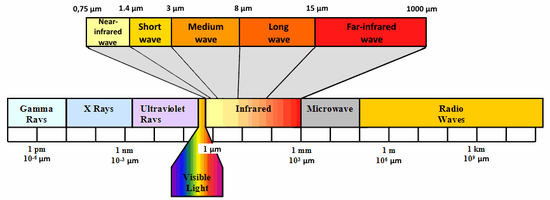Boghog1
NES Member
So I assume there are pros and cons to each, but figure it would be nice to have a thread for experience with both or either, seems to be that pig hunters prefer thermal and  prefer IR.
prefer IR.
Has anyone used both? what is your preference?
Has anyone used both? what is your preference?

